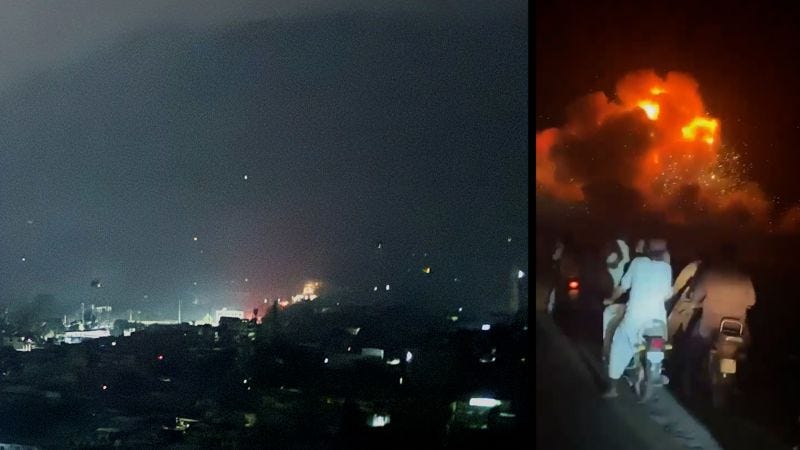The India-Pakistan Crisis Needs Steady Diplomacy
The Trump Administration Sleepwalks Into a Crisis
India and Pakistan have had a fraught relationship for much of the 20th century. Since gaining independence, both countries have fought four wars against each other and have engaged in numerous cross-border skirmishes. This latest crisis represents the most significant period of conflict between these two nuclear powers and presents the possibility of a fifth Indo-Pakistani war.
On April 22nd, tourists in the Indian town of Pahalgam were attacked by a group of militants belonging to “The Resistance Front,” an insurgent group active in Kashmir along the border of India and Pakistan. The Indian government directly implicated Pakistan in the attack due to The Resistance Front’s ties to Lashkar-e-Taiba, a Pakistani Salafist group with ties to the Pakistani military intelligence agency “Inter-Services Intelligence”. The government of Pakistan has formally denied these allegations.
In response to this diplomatic row, the Indian government expelled Pakistani citizens and suspended the “Indus …
Keep reading with a 7-day free trial
Subscribe to Why It Matters to keep reading this post and get 7 days of free access to the full post archives.

